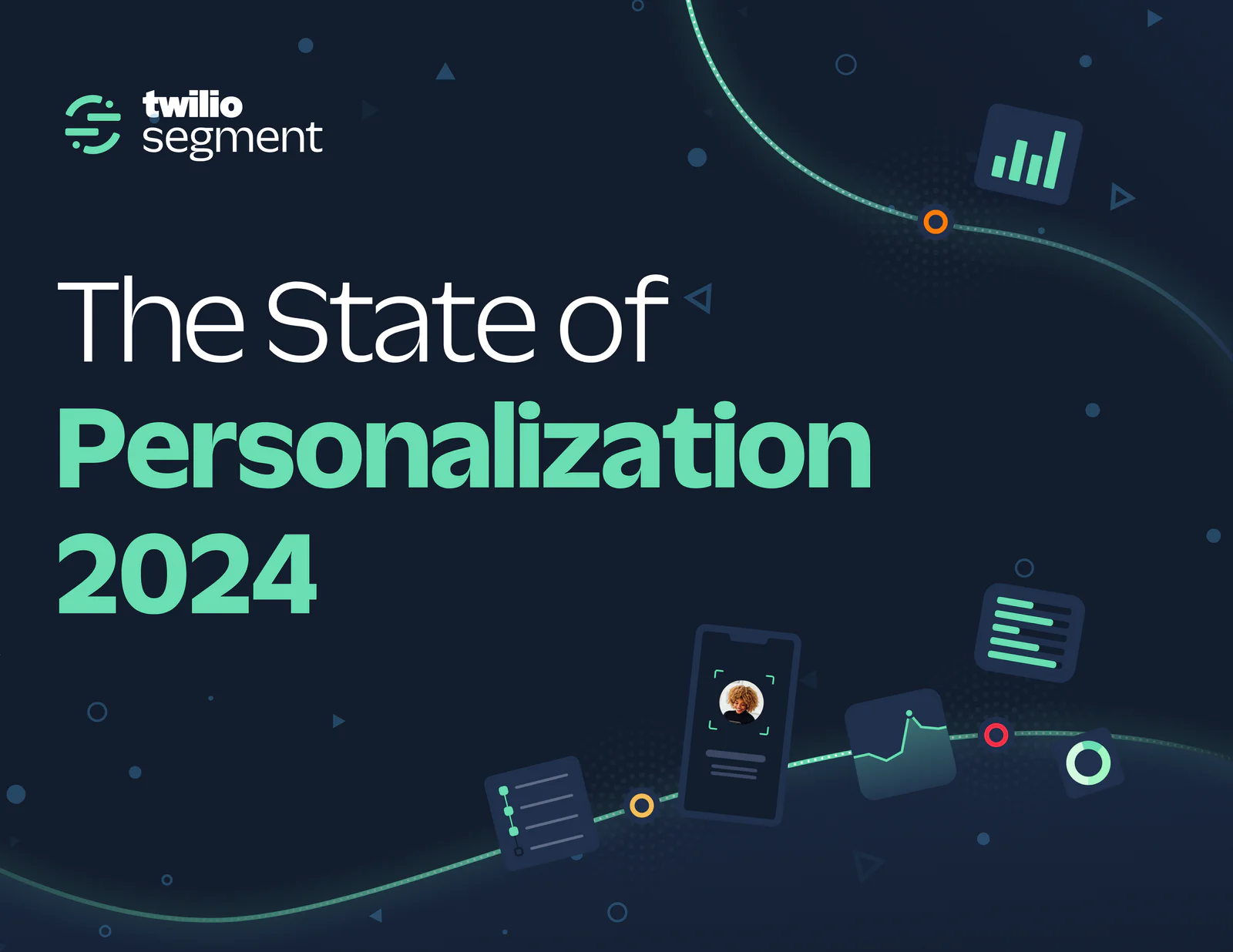“I wish you would get your timing right!”
A key component of personalization is engaging customers at the right time through the right channel. Even the best-thought-out communications will fall flat if the timing is off.
Well-timed personalization boosts engagement, improves customer experience, increases conversion rates, enhances brand loyalty, increases sales and improves customer insights. Poorly-timed personalization either misses the recipient or can annoy, creep out, or offend, in turn risking brand reputation, unsubscribes, and customer dissatisfaction.
The role of timing is key to personalization in many ways. Real-time personalization allows brands to send customers a welcome email, text, or in-app message when a customer signs up or uses a new feature, or when an item sits in a cart for a specific amount of time. Targeted emails can engage subscribers on birthdays, anniversaries, and special events. Geolocation targets customers with customized messaging that encourages them to act in real time.
Signals can identify consumer intent based on the stage of the purchase journey. User searches, specifically keywords, within a given timeframe, are an example of a signal that may be used to determine intent—and the moment consumers are most open to receiving or acting on marketing messages.
Timing also relates to the sequence of communications and delivering a series of marketing messages in a strategic order, tailored to match each stage in a customer’s journey.
Speed is also of the essence. A timely response to a customer signal or action helps you connect with customers at the right moment, increasing loyalty and trust.
For example, the UK fashion retailer Very has been lauded for its great use of real-time data to get personalization right. The brand integrated local weather patterns into its personalization efforts, highlighting climate-appropriate clothes at that time based on a user’s location.
“Shouldn’t you already know who I am?”
The average household has eleven connected devices, including seven different screens. Google found that 90% of web users move between devices to complete a task. Communicating with customers on different devices at the optimal time presents a real challenge. Identity resolution is the process of attributing customer behavior and interactions across all touchpoints, platforms, or channels to create a single unified customer profile. Unified customer profiles make it possible for you to communicate with a customer, at the right time and place, no matter what device they are using.
However, identity resolution is only effective if the data that powers it is of high enough quality. But collating quality data is a challenge for many organizations. Research suggests poor data quality costs organizations $12.9 million in lost opportunities and bad business decisions. So, how do you consolidate clean, centralized data on which to base identity resolution?
Making clean, centralized and aggregated data the baseline
A Customer Data Platform (CDP) is software that combines data from multiple sources to create a single centralized database containing all customer touchpoints and interactions. This single customer view ensures accuracy and good data governance, and improves cross-departmental collaboration. The database can be segmented to create more personalized marketing campaigns.
With CDP and identity resolution, you can create robust user profiles based on high-quality and compliant data. That improves outcomes and enables you to meet your customers’ expectations about personalization with omnichannel engagement in the right place at the right time.
As acclaimed baseball player Yogi Berra once said: “You don't have to swing hard to hit a home run. If you got the timing, it'll go.”
To learn more about how Twilio Segment CDP and identity resolution are helping brands create better customer experiences, reach out to our sales team.

